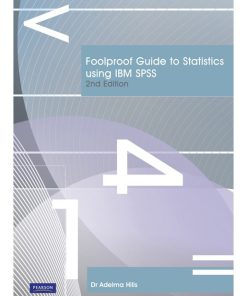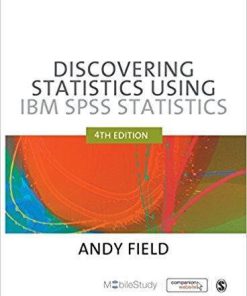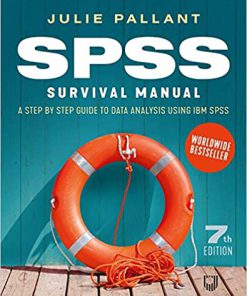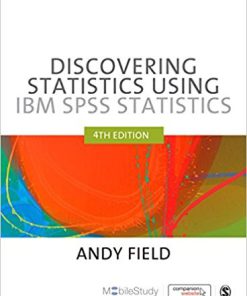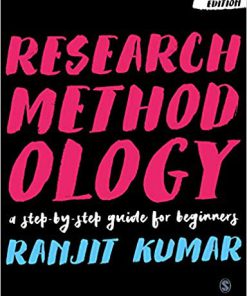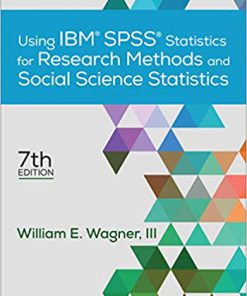SPSS Survival Manual: A step by step guide to data analysis using IBM SPSS 6th Edition Julie Pallant – eBook PDF
$50.00 Original price was: $50.00.$35.00Current price is: $35.00.
SPSS Survival Manual: A step by step guide to data analysis using IBM SPSS – Ebook PDF
SPSS Survival Manual: A step by step guide to data analysis using IBM SPSS – Ebook PDF Instant Delivery – ISBN(s): 9780335261543,033526154X
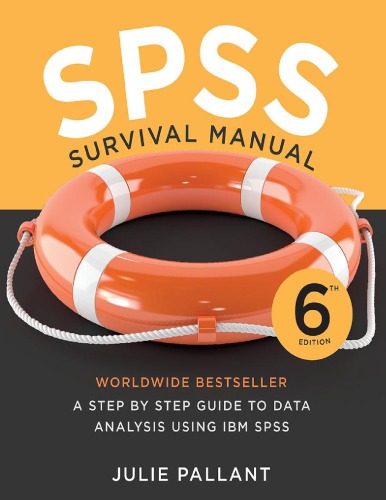
Product details:
- ISBN-10 : 0335242391
- ISBN-13 : 978-0335242399
- Author: Julie Pallant
“It reads as though someone is sitting next to you conversing with you and taking you through it … It has a reassuring tone. Julie Pallant writes in a kind and inclusive way which students appreciate.”
Sue Thorpe, Lecturer in Research Methods, Department of Psychology, University of Surrey, UK.
“Its key strengths are clarity, clear English, clear explanations, and clear examples. What this book does well is to provide easy, straightforward explanations.”
Martin Lea, Senior Lecturer, School of Psychological Sciences, University of Manchester, UK.
“An excellent introduction to using SPSS for data analysis… It provides a self-contained resource itself, with more than simply (detailed and clear) step-by-step descriptions of statistical procedures in SPSS. There is also a wealth of tips and advice, and for each statistical technique a brief, but consistently reliable, explanation is provided.”
Associate Professor George Dunbar, Department of Psychology, University of Warwick, UK.
Julie Pallant’s SPSS Survival Manual throws a lifeline to students and researchers grappling with this data analysis software.
Table of contents:
Part One Getting started
1 Designing a study
2 Preparing a codebook
3 Getting to know IBM SPSS Statistics
Part Two Preparing the data file
4 Creating a data file and entering data
5 Screening and cleaning the data
Part Three Preliminary analyses
6 Descriptive statistics
7 Using graphs to describe and explore the data
8 Manipulating the data
9 Checking the reliability of a scale
10 Choosing the right statistic
Part Four Statistical techniques to explore relationships among variables
11 Correlation
12 Partial correlation
13 Multiple regression
14 Logistic regression
15 Factor analysis
Part Five Statistical techniques to compare groups
16 Non-parametric statistics
17 T-tests
18 One-way analysis of variance
19 Two-way between-groups ANOVA
20 Mixed between-within subjects analysis of variance
21 Multivariate analysis of variance
22 Analysis of covariance
People also search:
You may also like…
Computers & Technology
(Original PDF) Foolproof Guide To Statistics Using IBM SPSS (Custom Edition)
Ebook-PDF
(eBook PDF) SPSS Survival Manual: A Step by Step Guide to Data Analysis using IBM SPSS 7th Edition
Computers - Applications & Software
Microsoft Project 2019 Step by Step (Step by Step (Microsoft)) 1st Edition – eBook PDF



